There can be your advertisement
300x150
Scandinavian Style Is Dead: Which Interiors Went Out of Fashion in 2025
Good interior design in 2025 is one where people can live comfortably
Five years ago, white walls, light wood, and the word "Home" on a shelf were synonymous with style. Scandinavian minimalism ruled every other interior, and loft with brick walls seemed like the pinnacle of industrial elegance. But trends in interior design change faster than we can get used to them. What was once modern and stylish now screams that the homeowners are stuck in the past. Let's explore which styles have become outdated and what comes next.
Main takeaways from the article:
- Scandinavian style with its whiteness and minimalism is no longer relevant;
- Loft and industrial elements have become cliché;
- Provence and shabby chic look artificial and unnatural;
- Classic style in its pure form seems museum-like and cold;
- Warm natural interiors with individuality are replacing them.
Scandinavian Style: When Whiteness Became a Synonym for Boredom
White walls, light furniture, minimal decor, maximum functionality — Scandinavian style long stood as the epitome of good taste. Ikea stamped furniture in a Scandinavian spirit, bloggers showcased impeccable white interiors, everyone dreamed of "hygge" and cozy simplicity.
The problem is that Scandinavian style has become a cliché. Identical white kitchens, identical light floors, mandatory chunky knit throws and candles in candleholders — all of this has become predictable to the point of yawning. Plus, white interiors proved extremely impractical for the Russian climate with its dust, dirt, and lack of sunlight.
Today, Scandinavian minimalism is associated not with elegance but with blandness. White walls look cold rather than cozy. Minimal decor creates a feeling of emptiness, not order.
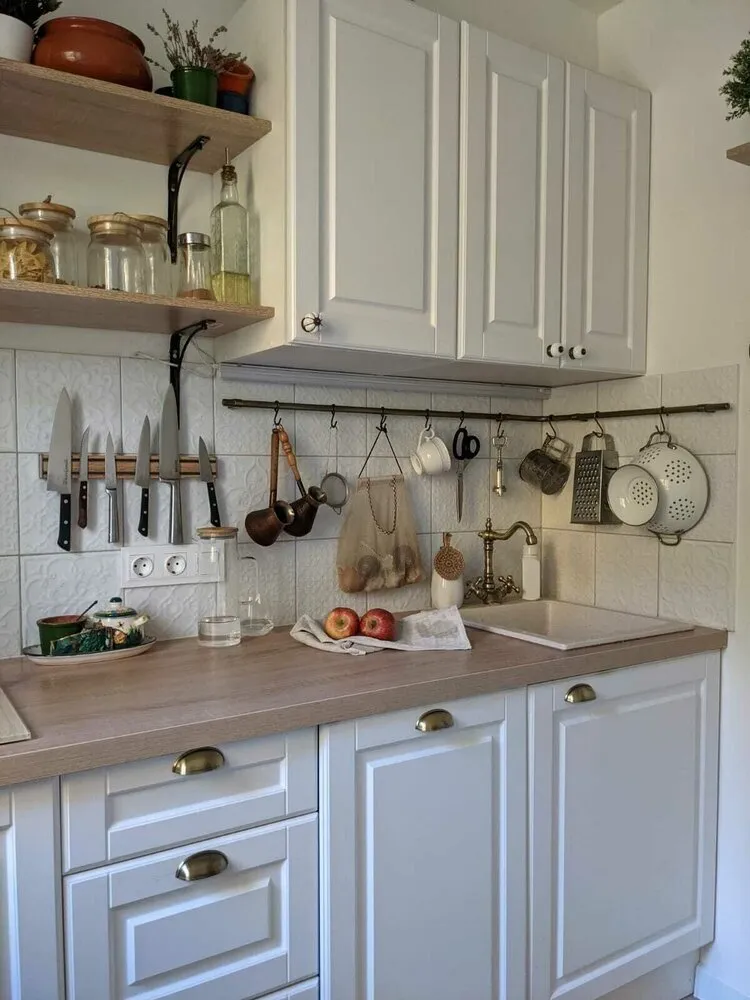
Design: Irina and Alexei
Loft: When Industrial Style Became Mass
Brick walls, metal pipes, rough furniture, exposed utilities — loft seemed to embody urban chic. Everyone wanted to live like artists in renovated factory spaces, even if the apartment was in a regular new building.
But loft from authentic style turned into decoration. Decorative brick was glued in bedrooms, metal pipes were installed for looks, and furniture "in vintage style" was bought at mass-market stores. What resulted wasn't stylish industrial design but theatrical costume.
Moreover, living among a "factory" interior turned out to be uncomfortable. Metal furniture is cold to the touch, brick walls collect dust, and rough surfaces scratch clothes. Beautiful in photos but inconvenient in reality.
Provence: When Countryside Romance Became Overdone
Lavender tones, artificially aged furniture, ruffles, floral prints, ceramic roosters — Provence promised to transport the French countryside idyll into urban apartments. And for a while it worked.
But Provence quickly turned into a caricature of itself. Instead of natural wear, artificial aging of new furniture. Instead of natural colors, acid-lavender walls. Instead of natural fabrics, synthetic prints.
Modern Provence looks like stage decorations for a play about "beautiful France." Too many details, too pushy "cute," far from real French countryside.
Shabby Chic: When Wear and Tear Became Pretense
Peeled paint, artificial wear, pink tones, abundance of textiles with ruffles — shabby chic aimed to create an atmosphere of a traditional English manor where furniture passed from generation to generation.
In practice, it resulted in a museum of artificial aging. New furniture was deliberately aged to mimic years of use. This looked unnatural and fake — like a young actress playing an old woman on stage.
Moreover, shabby chic requires constant maintenance of a "pretty mess," which in real life just becomes disorder. Plus, the abundance of textiles and decorative elements collects dust and complicates cleaning.
Classic Style: When Luxury Became Museum-Like
Gold frames, crystal chandeliers, heavy drapes, carved furniture — classic style has always been associated with wealth and good taste. But in modern times it often looks like a museum display.
The issue with classicism is its immobility. It's an interior for contemplation, not living. In such rooms you're afraid to touch anything, sit on the sofa, or put a cup on the table. It looks beautiful but completely lifeless.
Plus, classic style requires perfect order. Even the slightest disorder against a grand backdrop looks particularly sloppy. Maintaining museum-like cleanliness in a home where people live is nearly impossible.
What Comes Next: New Trends of 2025
In place of outdated styles come more lively and natural interiors. The main trend is individuality over following canon. Homes should reflect the personality of their owners, not copy magazine images.
Warm natural tones dominate the color palette: terracotta, ochre, olive green, deep blue. These create comfort without being overly "cute." White remains but as an accent, not the base.
Materials become honest — natural wood without artificial aging, stone without fake wear, metal without pretentious roughness. If it's wood, then with natural texture. If it's metal, then high-quality and functional.
Check out the video:
Warm Minimalism Instead of Cold Simplicity
New minimalism is not emptiness, but a mindful selection of truly needed and beautiful things. Less furniture but each piece is high-quality and functional. Less decor, but every detail matters.
Colors become more complex and interesting. Instead of sterile white — cream, milk, ivory. Instead of gray — taupe, grays, dusty tones. These colors create a warm neutral base on which bright accents look great.

Design: Olga Pisarikova
Mindful Maximalism
The opposite trend — mindful maximalism. Lots of color, lots of textures, lots of items, but all thoughtfully and harmoniously. It's not chaos, but richness; not blandness, but abundance.
Maximalist interiors are built on a combination of vintage and modern pieces, expensive and budget finds, family heirlooms and new purchases. This creates a living family history rather than just a style decor.
Eco-Friendliness as the New Luxury
Natural materials, energy efficiency, care for the environment — these are new markers of status. Being expensive doesn't mean being flashy. Expensive means high-quality, durable, and eco-friendly.
Furniture from solid wood, natural fabrics, energy-saving technologies, air purification systems — all this becomes more important than gold handles and crystal chandeliers.
Individuality Above All
The main trend — rejecting copying ready-made solutions. An interior should tell the story of a specific family, not demonstrate knowledge of trendy styles. A collection of books is more important than designer decor. Family photos are more interesting than paintings in the right color.
A good interior of 2025 is one where people can live comfortably. Not the one that looks good on social media. The trend of "Instagrammability" is fading, and the need for a real home — warm, comfortable, and honest — remains.
Cover: Design project by Irina and Alexei
More articles:
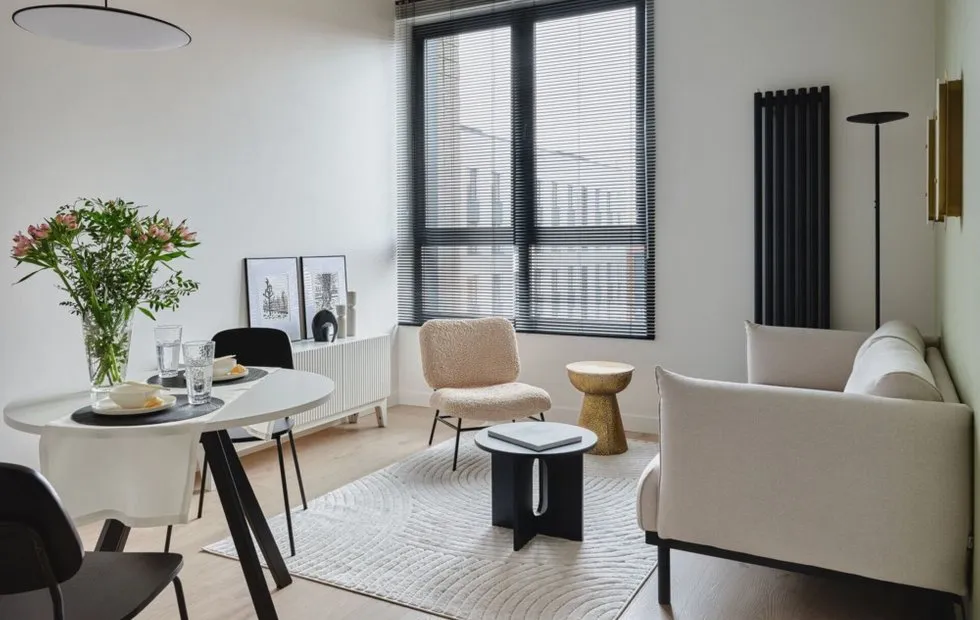 House 2026: How Our Perception of Comfortable Housing Will Change
House 2026: How Our Perception of Comfortable Housing Will Change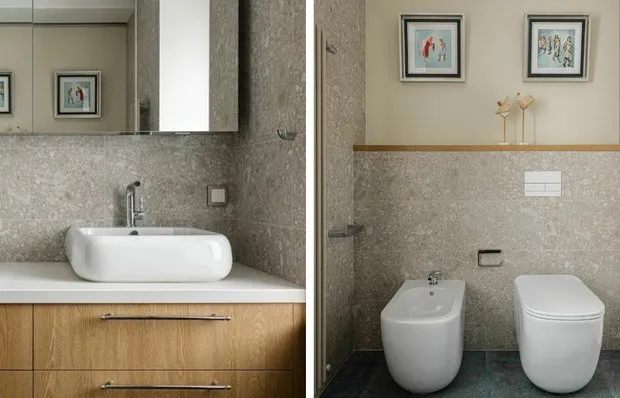 How They Designed a Characterful Bathroom in a Moscow Apartment
How They Designed a Characterful Bathroom in a Moscow Apartment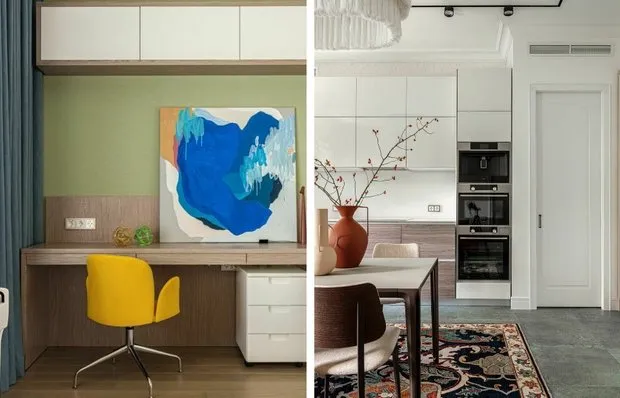 7 Ideas from an Ethnic Motifs Apartment That Will Inspire Renovations
7 Ideas from an Ethnic Motifs Apartment That Will Inspire Renovations How to Decorate a Kitchen in Modern Classical Style with Art Deco Elements
How to Decorate a Kitchen in Modern Classical Style with Art Deco Elements How They Decorated a Hallway in Art Deco Style: Example from a Moscow Apartment
How They Decorated a Hallway in Art Deco Style: Example from a Moscow Apartment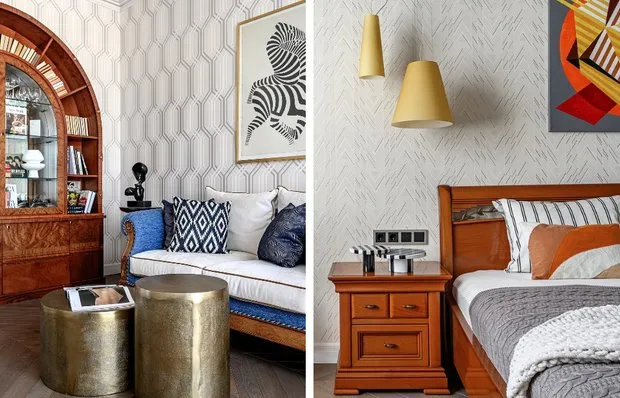 6 Ideas from an Aesthetic Apartment with Vintage Furniture That You Can Replicate
6 Ideas from an Aesthetic Apartment with Vintage Furniture That You Can Replicate How We Designed the Kitchen in the Style of Old Moscow Interiors
How We Designed the Kitchen in the Style of Old Moscow Interiors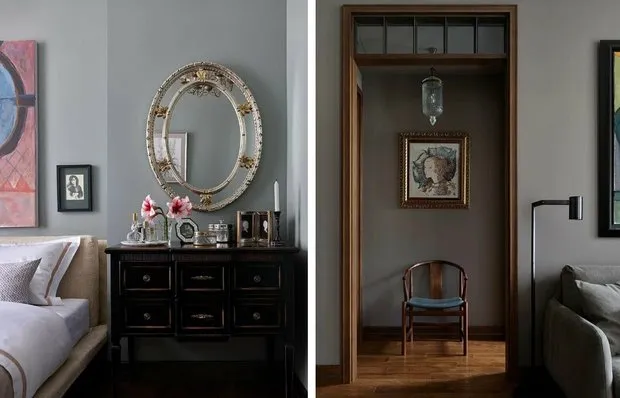 7 Ideas for an Apartment with the Atmosphere of Old Moscow That You'll Want to Replicate
7 Ideas for an Apartment with the Atmosphere of Old Moscow That You'll Want to Replicate